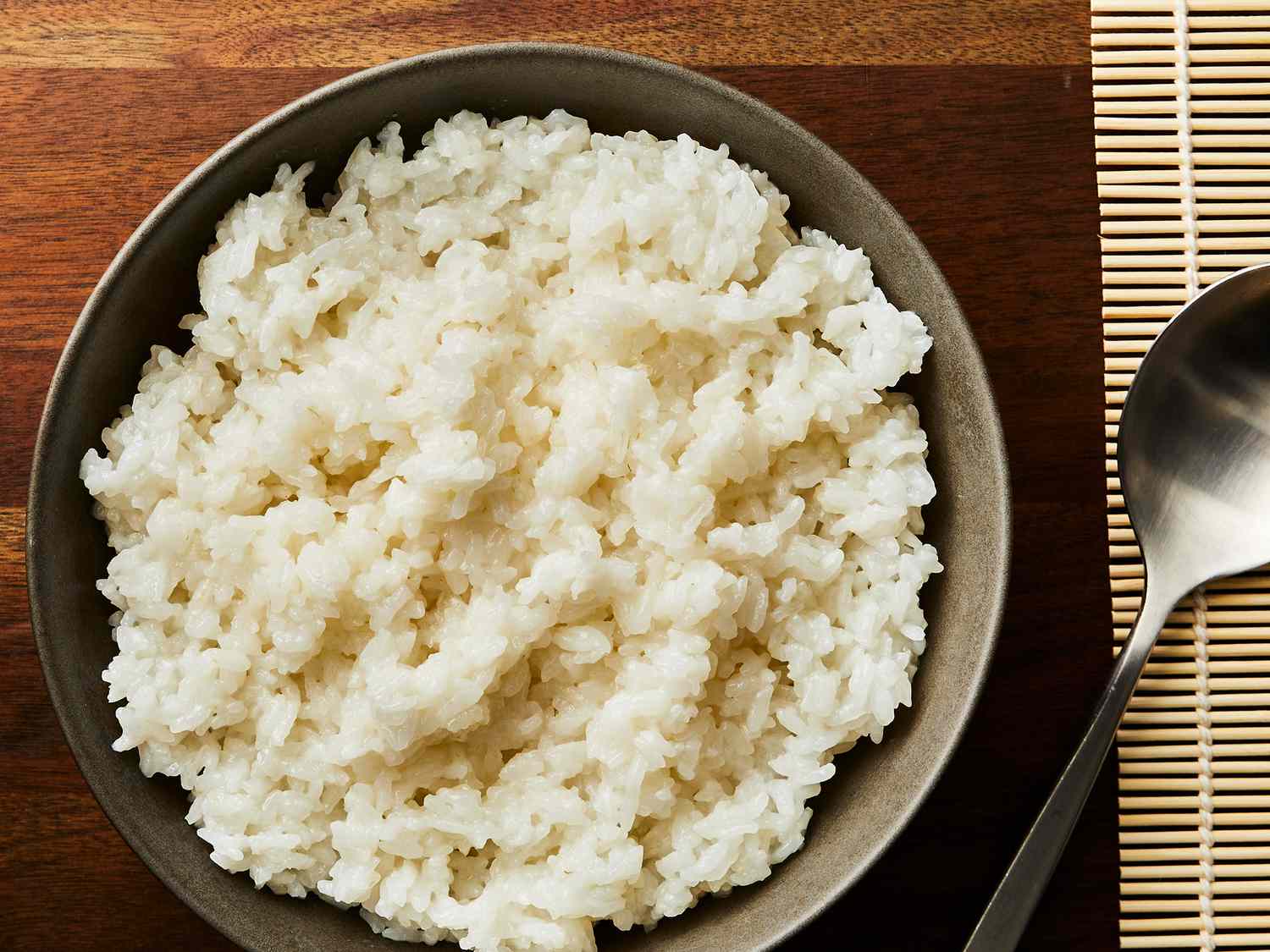

Articles
How To Cook Fluffy Rice In A Rice Cooker
Modified: February 28, 2024
Learn the best techniques for cooking fluffy rice in a rice cooker with these informative articles. Master the art of perfect rice every time.
(Many of the links in this article redirect to a specific reviewed product. Your purchase of these products through affiliate links helps to generate commission for Storables.com, at no extra cost. Learn more)
Introduction
Welcome to the world of fluffy rice! Rice is a staple food in many cultures around the globe, and getting the perfect texture can make all the difference in a meal. Luckily, with the help of a rice cooker, achieving that fluffy and tender rice is easier than ever. In this article, we will guide you through the step-by-step process of cooking fluffy rice in a rice cooker.
Whether you are a seasoned cook or just starting your culinary journey, cooking rice in a rice cooker is a foolproof method that guarantees consistent results every time. A rice cooker takes the guesswork out of the equation, allowing you to set it and forget it while you focus on other aspects of your meal preparation.
One of the keys to achieving fluffy rice is selecting the right type of rice. There are various types available, such as long-grain, short-grain, basmati, and jasmine, each with its own unique characteristics. Some rice varieties are better suited for specific dishes, while others lend themselves well to a variety of cuisines. We’ll delve into this further in the next section.
Accurately measuring the rice and water ratios is crucial to cooking perfectly fluffy rice. Too much water can leave your rice soggy, while too little water can result in undercooked and dry rice. We’ll discuss the proper ratios to ensure you get the best results.
Once you have your rice and water measured, it’s time to prepare the rice for cooking. This involves rinsing the rice to remove any impurities and excess starch. Rinsing helps prevent the rice from clumping together and results in fluffier grains.
Your rice cooker will do the heavy lifting in the cooking process. We’ll guide you through the steps of setting up your rice cooker and selecting the appropriate settings. Different models may have varying settings, so it’s important to familiarize yourself with your specific rice cooker.
After the rice has finished cooking, it’s essential to let it rest before serving. Allowing the rice to rest for a few minutes helps to evenly distribute the moisture and steam, resulting in a more uniform texture throughout.
The final step in achieving fluffy rice is fluffing it with a fork or rice paddle. Gently separating the rice grains helps to release any excess moisture and ensures each grain is light and separate.
Now that you have mastered the art of cooking fluffy rice in a rice cooker, it’s time to serve and enjoy your creation. Fluffy rice is the perfect accompaniment to a wide range of dishes, from stir-fries to curries and everything in between.
So, let’s embark on this culinary adventure together and unlock the secret to cooking perfectly fluffy rice in a rice cooker. Get ready to elevate your meals with this simple and delicious staple!
Key Takeaways:
- Master the art of cooking perfectly fluffy rice in a rice cooker by choosing the right rice, measuring water ratios accurately, and mastering the essential steps of rinsing, resting, and fluffing for delightful dining experiences.
- Elevate your meals with the simple pleasure of serving and enjoying perfectly cooked, light, and separate grains of fluffy rice, enhancing the flavors of a wide range of dishes and leaving everyone wanting more.
Read more: How To Use The Neuro Fuzzy Rice Cooker
Choosing the Right Rice
When it comes to cooking fluffy rice, selecting the right type of rice is crucial. Different rice varieties have varying levels of starch content, grain length, and flavor profiles. Here are a few popular rice options that are known for their fluffy texture:
- Long-Grain Rice: Long-grain rice, such as Basmati and Jasmine, are known for their slender, elongated grains. These types of rice have a low starch content and cook up light and fluffy. They are perfect for dishes like pilaf, biryani, and stir-fries.
- Short-Grain Rice: Short-grain rice, like Arborio and sushi rice, has a higher starch content compared to long-grain rice. This gives it a stickier texture when cooked, making it ideal for dishes like sushi, risotto, and rice pudding. While short-grain rice may not yield as fluffy results as long-grain rice, it still produces a deliciously tender and flavorful rice.
- Brown Rice: Brown rice is a whole grain rice that retains its bran and germ layers, giving it a nuttier flavor and chewier texture compared to white rice. It requires a longer cooking time and more water, but when cooked properly, it can result in fluffy and nutritious rice. Brown rice is a great option for those looking to incorporate more whole grains into their diet.
- Wild Rice: Although not technically a variety of rice, wild rice is often used alongside traditional rice varieties to add texture and flavor to dishes. Wild rice has a hearty, nutty taste and a chewy texture. It pairs well with vegetables, meats, and even salads.
When choosing rice, consider the dish you’ll be preparing and the flavor and texture you desire. Each rice variety has its own unique qualities, so feel free to experiment and find your favorite. Just remember to adjust the cooking instructions accordingly based on the type of rice you choose.
Remember, the key to cooking fluffy rice is selecting a rice variety that suits your dish and following the correct cooking process. Now that you’ve chosen the perfect rice, it’s time to learn about the essential step of measuring the rice and water ratios.
Measuring the Rice and Water Ratios
To achieve perfectly fluffy rice, it’s important to measure the rice and water ratios accurately. The ratio of rice to water may vary depending on the type of rice and personal preference, but a general rule of thumb is to use a 1:2 ratio.
Here’s a simple step-by-step guide on how to measure the rice and water ratios:
- Start by measuring the desired amount of rice. A standard serving size is usually around 1/4 to 1/2 cup of uncooked rice per person, but you can adjust this based on your needs.
- Rinse the rice under cold water to remove any excess starch. This step helps prevent the rice from becoming sticky and clumping together during cooking.
- After rinsing, drain the rice thoroughly using a fine-mesh sieve or colander.
- Transfer the rinsed rice to the rice cooker pot.
- Add twice the amount of water to the rice. For example, if you are using 1 cup of rice, add 2 cups of water. This 1:2 ratio is a good starting point, but you can adjust it slightly to achieve your desired texture. For firmer rice, decrease the water amount slightly, and for softer rice, increase the water amount.
- Stir the rice and water gently to ensure the grains are evenly distributed in the pot.
- Place the rice cooker pot into the rice cooker base and secure the lid.
With the rice and water properly measured, you’re ready to move on to the next step: preparing the rice for cooking.
It’s important to note that these ratios might vary depending on the specific rice cooker you are using and the type of rice you have selected. Always refer to the manufacturer’s instructions and adjust the ratios accordingly for the best results.
Now that you know how to measure the rice and water ratios, let’s explore the next step in cooking fluffy rice: preparing the rice for cooking.
Preparing the Rice
Preparing the rice before cooking is an essential step to ensure fluffy results. Properly rinsing the rice helps remove any excess starch and impurities, preventing the rice from clumping together during cooking. Here’s how to prepare the rice:
- Measure the desired amount of rice based on the number of servings you need. As mentioned earlier, a typical serving size is around 1/4 to 1/2 cup per person.
- Place the measured rice in a fine-mesh sieve or colander.
- Rinse the rice under cold water, gently rubbing the grains between your fingers. This helps remove any dirt, dust, or excess starch clinging to the rice.
- Continue rinsing the rice until the water runs clear. This ensures that most of the starch has been removed.
- Once the rice is rinsed, allow it to drain thoroughly to remove any excess water. You can leave it in the sieve or colander for a few minutes to achieve this.
By rinsing the rice, you remove any surface starch that can make the grains sticky and clumpy. This step is essential for achieving light and fluffy rice. Properly draining the rice is also important to maintain the correct rice and water ratio for cooking.
Now that the rice is properly prepared, it’s time to move on to the main event: cooking the rice in the rice cooker. We’ll guide you through the steps in the following section.
Cooking the Rice in a Rice Cooker
Once your rice is rinsed and drained, it’s time to start cooking it in the rice cooker. The rice cooker takes the guesswork out of the cooking process and ensures consistently fluffy results. Here’s how to cook the rice in a rice cooker:
- Transfer the rinsed and drained rice to the rice cooker pot.
- Add the appropriate amount of water to the rice cooker pot based on the rice and water ratios discussed earlier. Remember, a general starting point is a 1:2 ratio of rice to water.
- Give the rice and water a gentle stir to make sure the grains are evenly distributed in the pot.
- Place the rice cooker pot into the rice cooker base and securely close the lid.
- Select the appropriate cooking setting on your rice cooker. Most rice cookers have specific buttons for different types of rice, such as white rice, brown rice, or sushi rice. If your rice cooker doesn’t have specific buttons, a basic “Cook” or “On” setting will work.
- Press the start button to begin the cooking process.
- Allow the rice cooker to do its job and avoid opening the lid or stirring the rice during the cooking process. This helps maintain the steam and heat inside the rice cooker, ensuring even cooking.
- Wait for the rice cooker to complete the cooking cycle. This can take anywhere from 15 to 45 minutes, depending on the type of rice and the settings on your rice cooker.
During the cooking process, the rice cooker will automatically adjust the temperature and cooking time to ensure perfectly cooked rice. It will switch to a “Keep Warm” mode once the rice is done, keeping it warm until you’re ready to serve.
Now that the rice has finished cooking, it’s time to let it rest. Let’s find out why allowing the rice to rest is an important step in achieving fluffy rice.
Add a teaspoon of oil or a pat of butter to the rice and water before cooking to help prevent the rice from sticking and to make it fluffier.
Letting the Rice Rest
Allowing the rice to rest after it has finished cooking is a crucial step in achieving fluffy and evenly cooked grains. Resting the rice helps to distribute the moisture and steam throughout the pot, resulting in a more uniform texture. Here’s how to let the rice rest:
- Once the rice cooker has finished cooking the rice, resist the temptation to immediately open the lid.
- Let the rice sit in the rice cooker, with the lid closed, for about 5 to 10 minutes. This resting period allows the steam to continue working its magic on the rice.
- During this time, the residual heat in the rice cooker will help to further cook and tenderize the rice, while also allowing excess moisture to evaporate.
- Avoid stirring the rice or removing the lid during the resting period, as this can disrupt the steaming and lead to uneven results.
The resting period is essential for achieving fluffy and separate grains of rice. It allows the rice to firm up slightly without becoming clumpy or mushy. This step ensures that each grain of rice is tender and fully cooked.
Now that the rice has rested, it’s time to fluff it up to enhance its texture and presentation. Let’s learn about the final step: fluffing the cooked rice.
Fluffing the Cooked Rice
Fluffing the cooked rice is the final step to ensure each grain is light, separate, and full of flavor. This process helps to release any excess moisture and prevents the rice from becoming compact or sticky. Here’s how to fluff the cooked rice:
- Using a fork or a rice paddle, gently fluff the rice by lightly stirring and lifting the grains.
- Start from the edges of the rice cooker pot and work your way towards the center.
- Avoid vigorous stirring or aggressive movements, as this can cause the rice to become mushy or break apart.
- Gently separate any clumps with the fork or rice paddle, ensuring each grain is evenly coated with steam.
Fluffing the rice helps to release any trapped steam and moisture, resulting in fluffy and loose grains. It also allows the flavors of the rice to distribute more evenly throughout the dish.
Now that the cooked rice is perfectly fluffed, it’s time to indulge in the delightful experience of serving and enjoying fluffy rice.
Serving and Enjoying Fluffy Rice
Now that you have successfully cooked and fluffed your rice to perfection, it’s time to serve it and savor the fluffy goodness. Here are some tips for serving and enjoying your fluffy rice:
- Use a spatula or rice paddle to gently transfer the fluffy rice from the rice cooker pot to a serving bowl or plate. Be careful not to press or pack the rice as you transfer it, as this may cause the grains to lose their fluffiness.
- As you serve the rice, take a moment to appreciate its texture and aroma. Fluffy rice is pleasing to the eye and should have a fragrant aroma.
- Pair your fluffy rice with a variety of dishes. It acts as a versatile base for stir-fries, curries, stews, and even a simple bowl of rice and beans. Its light and separate grains provide the perfect canvas for other flavors to shine.
- Consider garnishing the fluffy rice with fresh herbs, such as chopped cilantro or green onions, to add a pop of color and enhance the flavors. You can also drizzle with a bit of sesame oil or a squeeze of fresh lemon or lime juice for added zest.
- Fluffy rice can also be shaped into delicious rice balls or used as a filling for sushi rolls. Get creative and experiment with different presentations and combinations to elevate your meals.
- Remember, fluffy rice is best enjoyed immediately after cooking. While it can be stored in the refrigerator for a day or two, reheating may cause it to lose some of its fluffy texture. If you have leftovers, consider using them in fried rice or incorporating them into other dishes where a softer texture is desired.
Appreciate the effort you put into cooking fluffy rice and take pleasure in the satisfaction of achieving perfectly cooked grains. Each bite of light, separate rice will enhance your dining experience and complement the flavors of your meal.
To conclude, cooking and enjoying fluffy rice is a delightful journey. With the help of a rice cooker and the proper techniques, you can consistently achieve fluffy, flavorful rice that will elevate your meals and leave everyone wanting more.
So go ahead, serve yourself a generous portion of fluffy rice and relish in the simple pleasure of a well-cooked staple. Bon appétit!
Conclusion
Cooking fluffy rice in a rice cooker is a straightforward and foolproof method that guarantees consistent results every time. By following the steps outlined in this article, you can achieve perfectly cooked, light, and separate grains of rice that will enhance any meal.
Choosing the right rice variety, such as long-grain or short-grain rice, plays a crucial role in achieving fluffy results. Measuring the rice and water ratios accurately ensures the proper balance of moisture during cooking. Preparing the rice by rinsing and draining it removes excess starch and impurities, setting the stage for fluffy perfection.
Once the rice is in the rice cooker, the cooking process becomes effortless. Letting the rice rest after cooking helps to distribute moisture evenly, while fluffing the cooked rice separates the grains and releases excess steam.
Serving and enjoying fluffy rice is a pleasure in itself. Whether paired with stir-fries, curries, or other dishes, fluffy rice provides a delicate canvas for flavors to shine. Its light texture and fragrant aroma enhance any meal. And while fluffy rice is best enjoyed immediately after cooking, there are creative ways to repurpose leftovers.
Cooking fluffy rice is a skill that can be easily mastered with a reliable rice cooker and attention to detail. With each successful batch, you’ll gain confidence in your ability to create this staple side dish that will surely impress family and friends.
So, take your culinary journey to new heights by incorporating fluffy rice into your everyday cooking. Elevate your meals to a whole new level of satisfaction and enjoy the deliciousness of perfectly cooked, fluffy rice. Start cooking today and experience the joy of fluffy rice in every bite!
Frequently Asked Questions about How To Cook Fluffy Rice In A Rice Cooker
Was this page helpful?
At Storables.com, we guarantee accurate and reliable information. Our content, validated by Expert Board Contributors, is crafted following stringent Editorial Policies. We're committed to providing you with well-researched, expert-backed insights for all your informational needs.
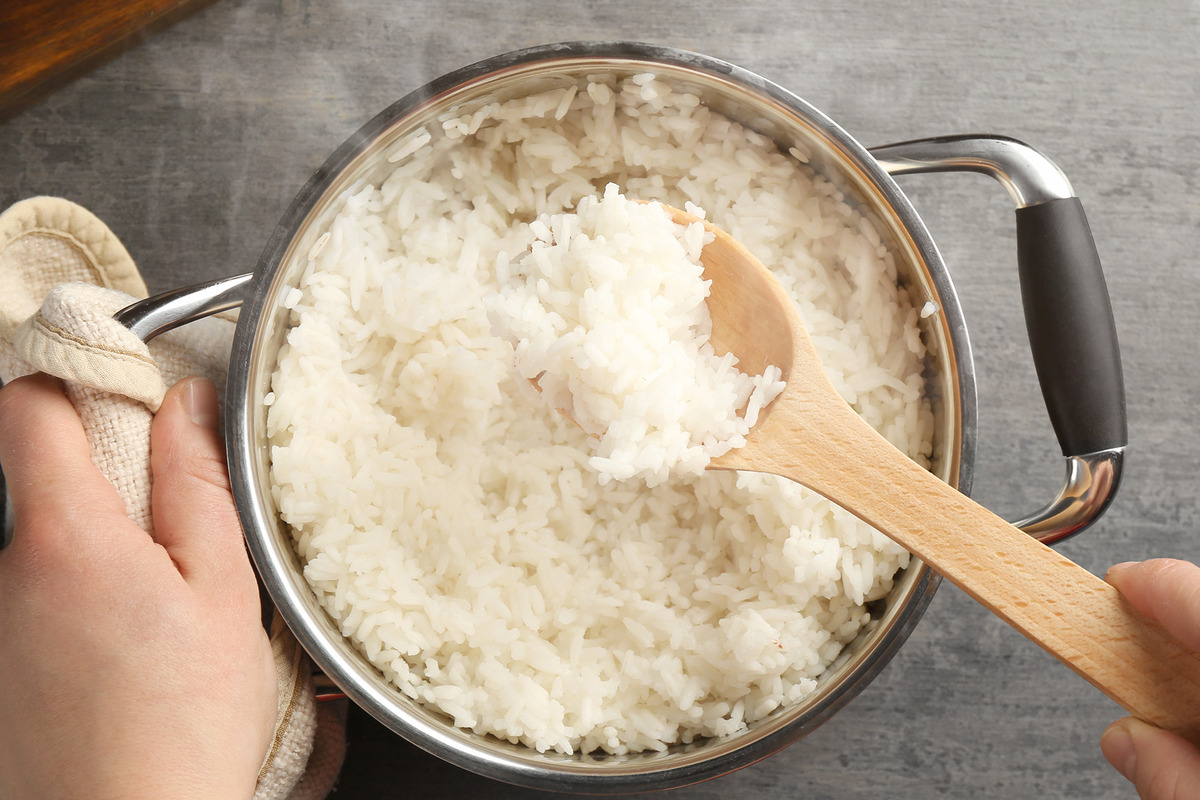

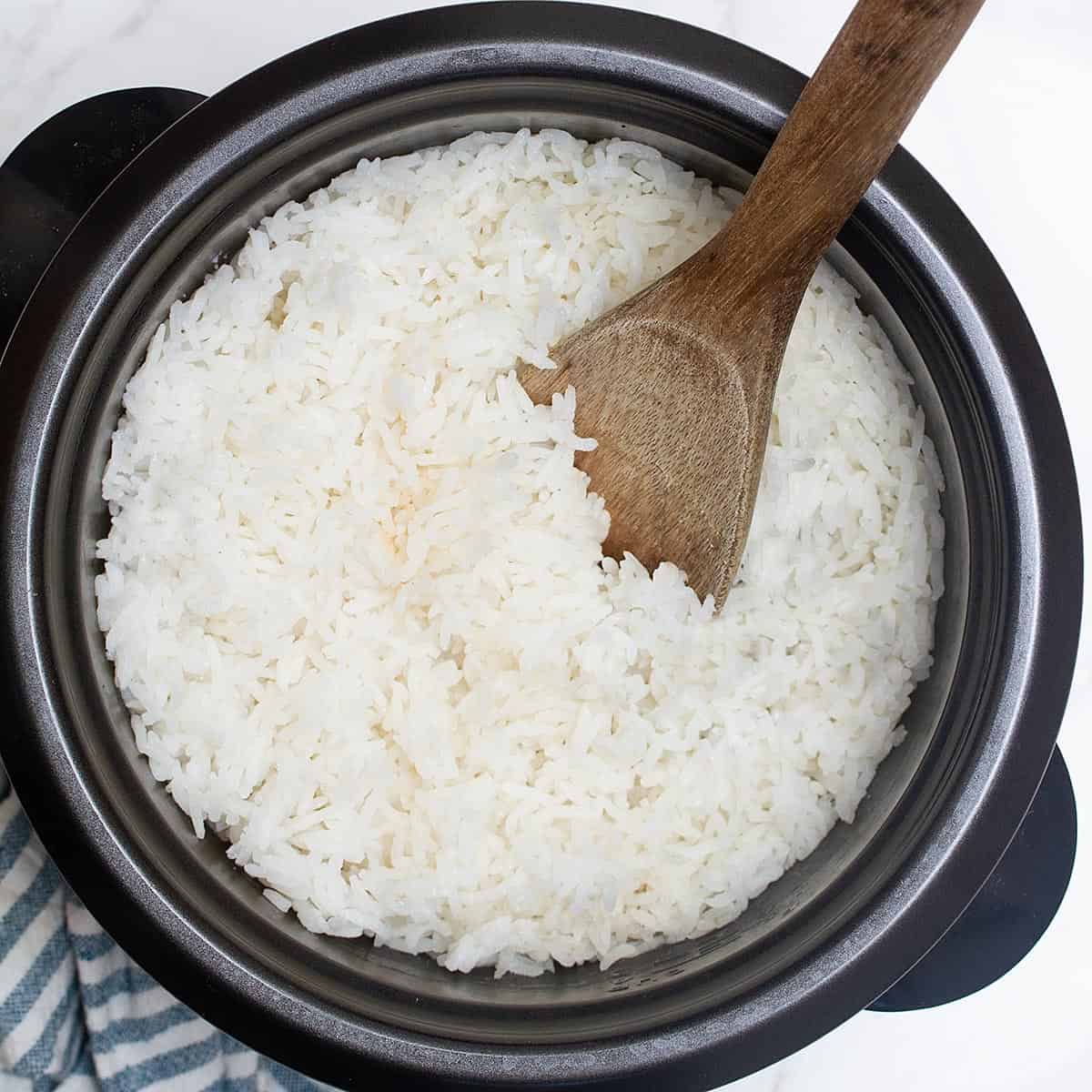
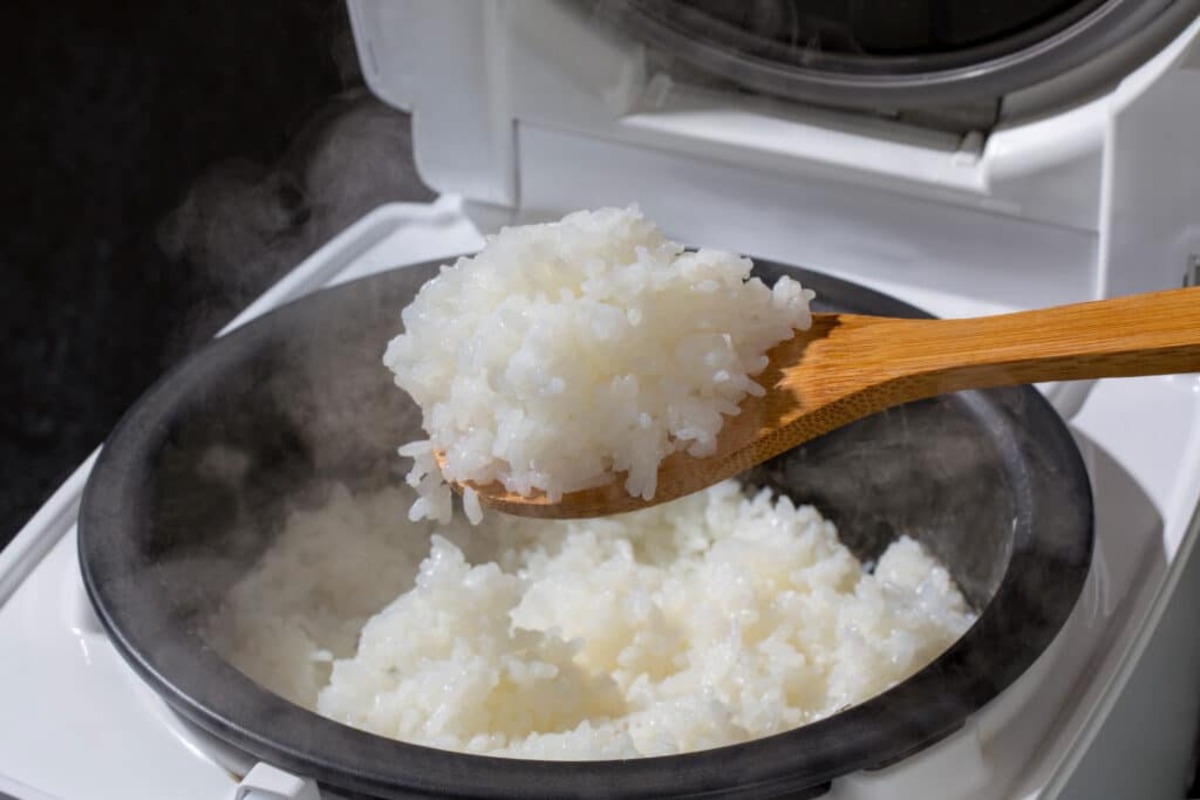
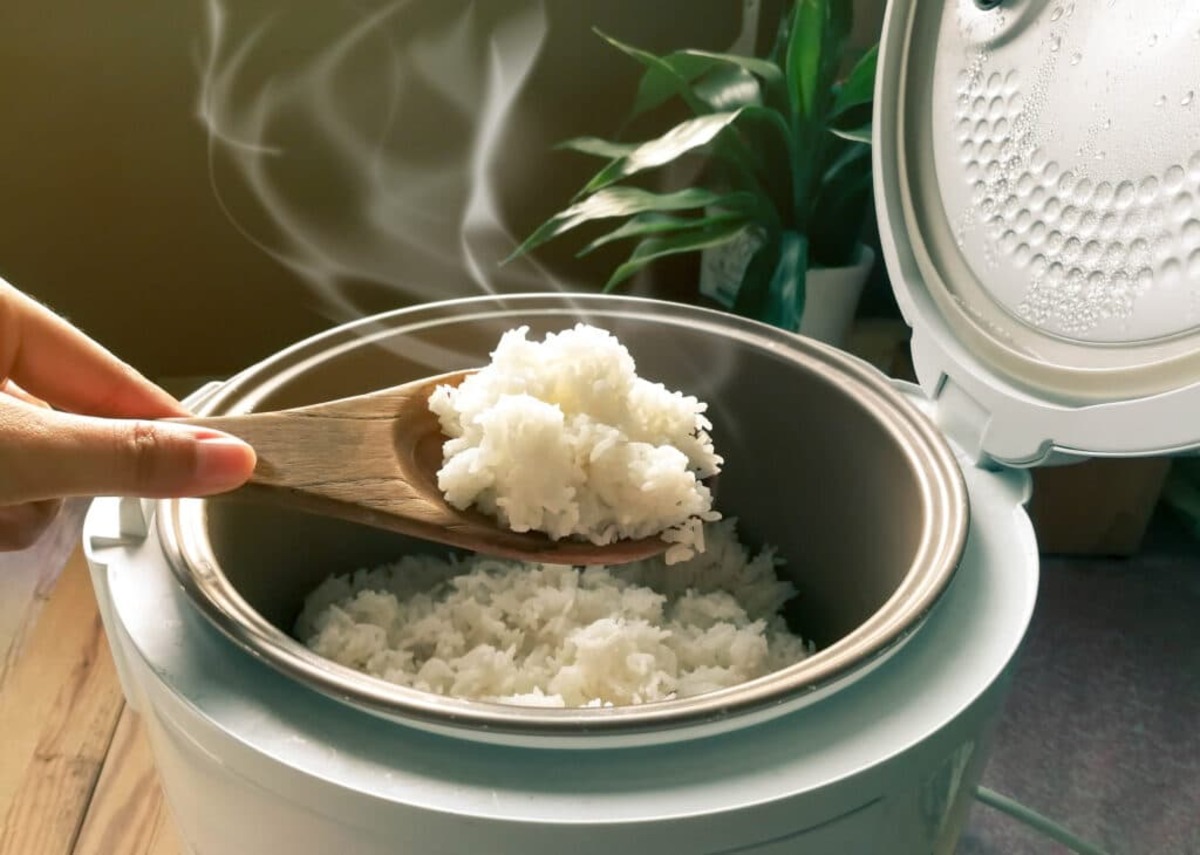
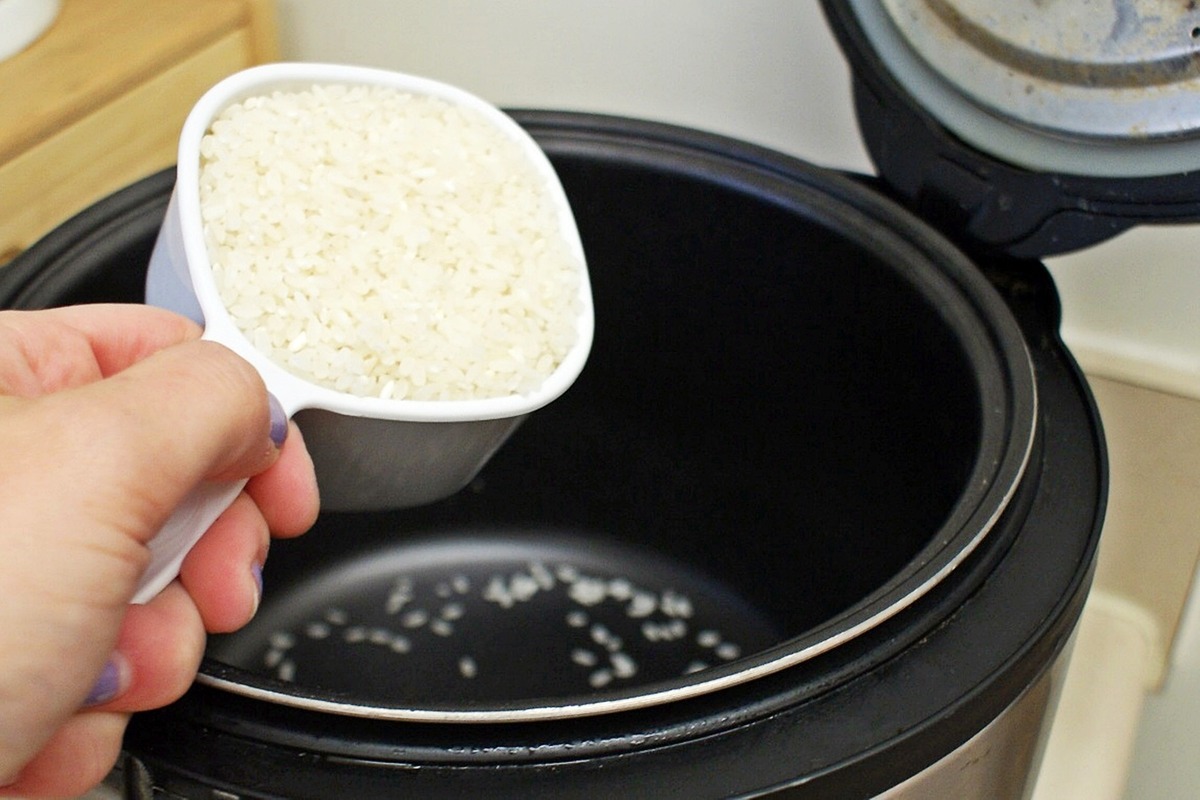
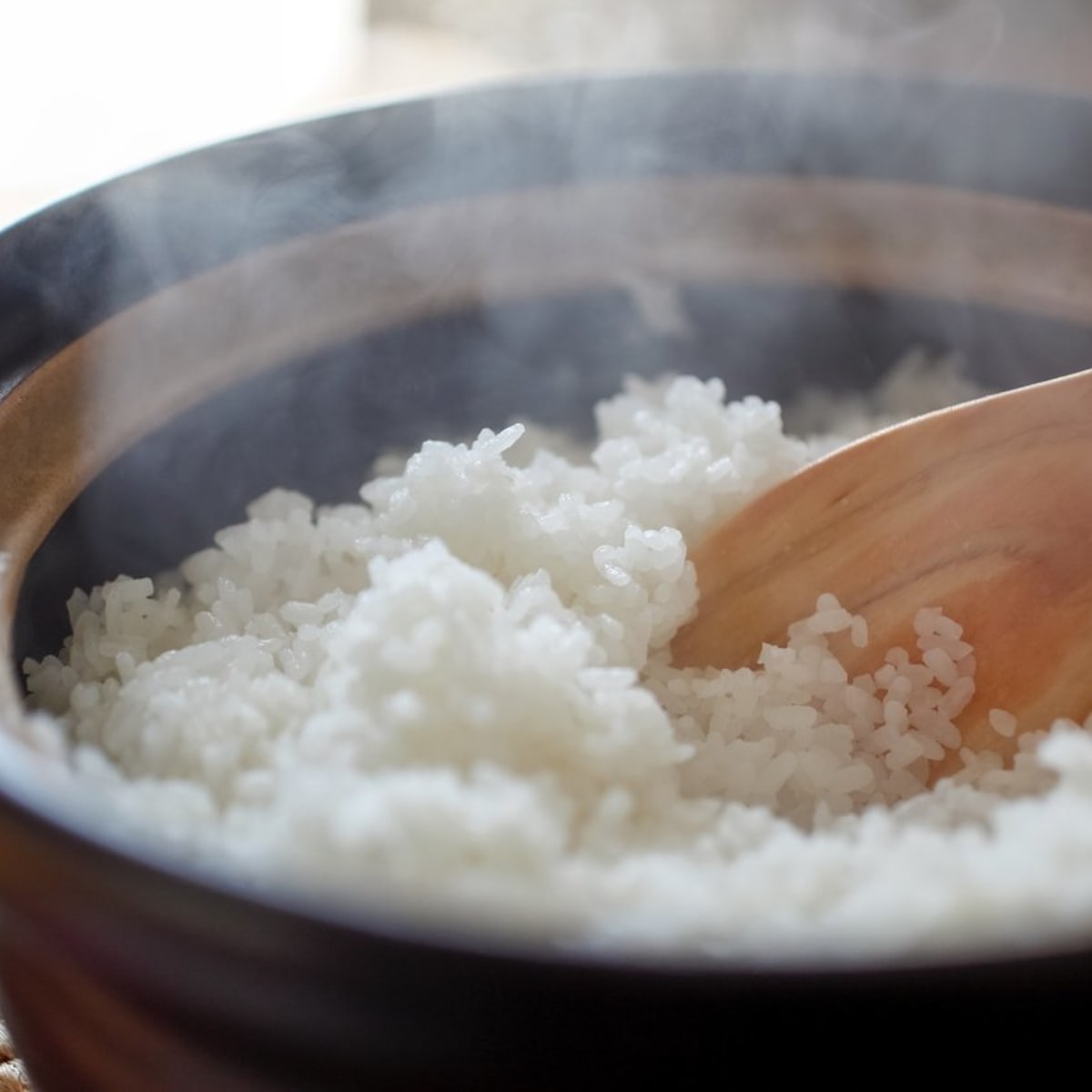
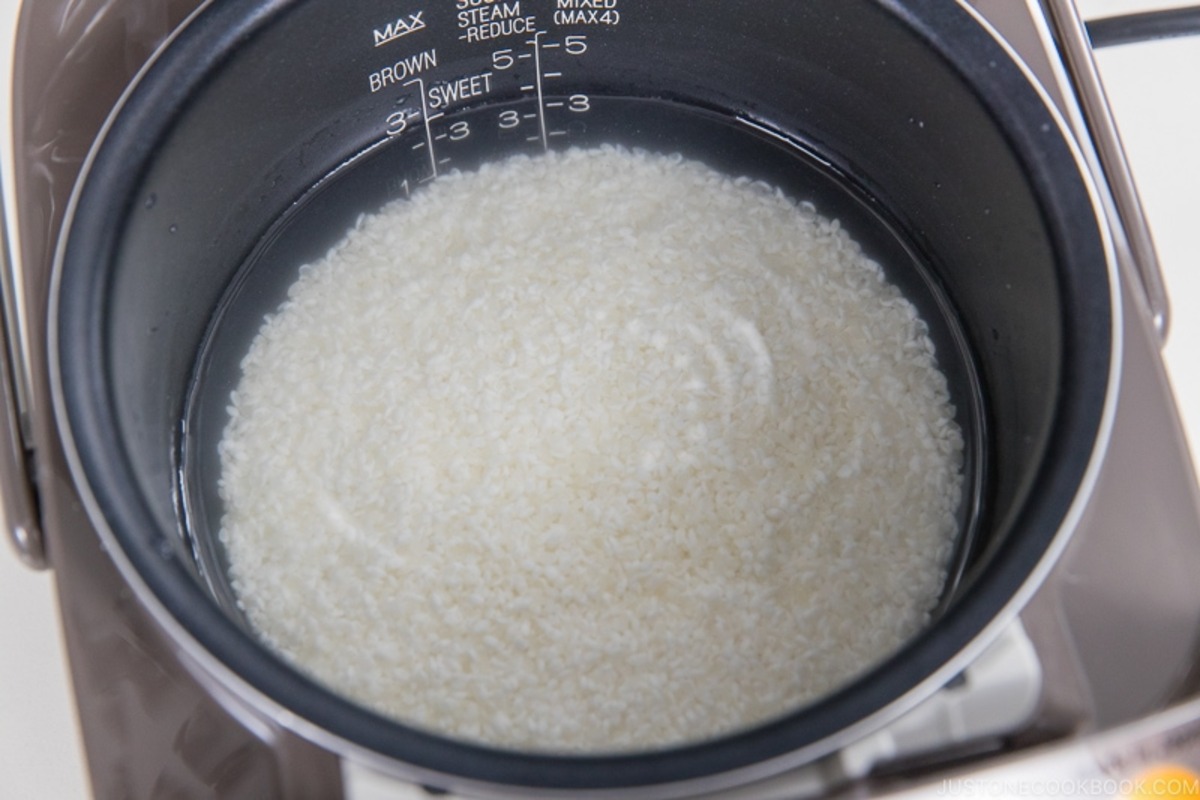
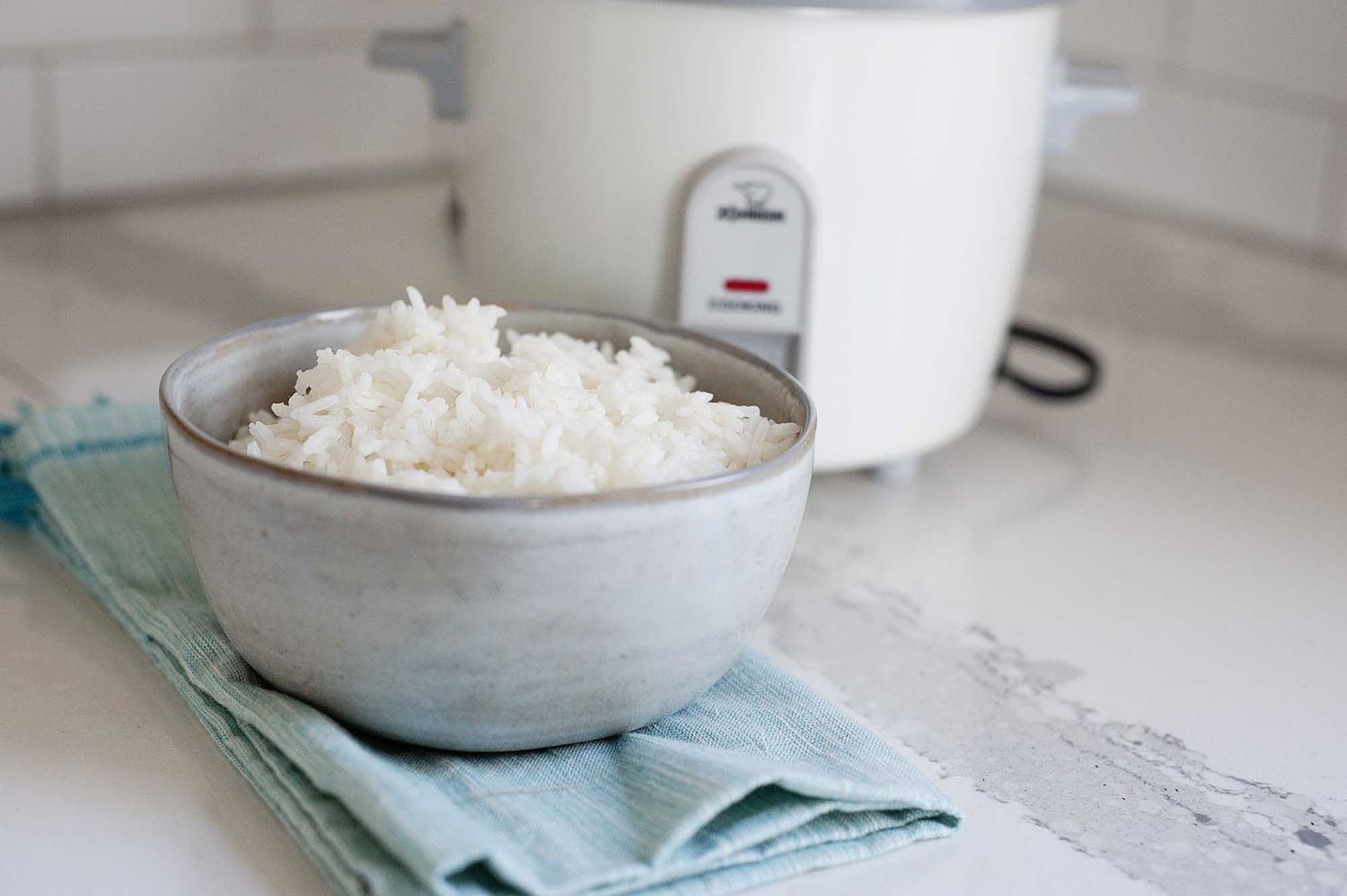

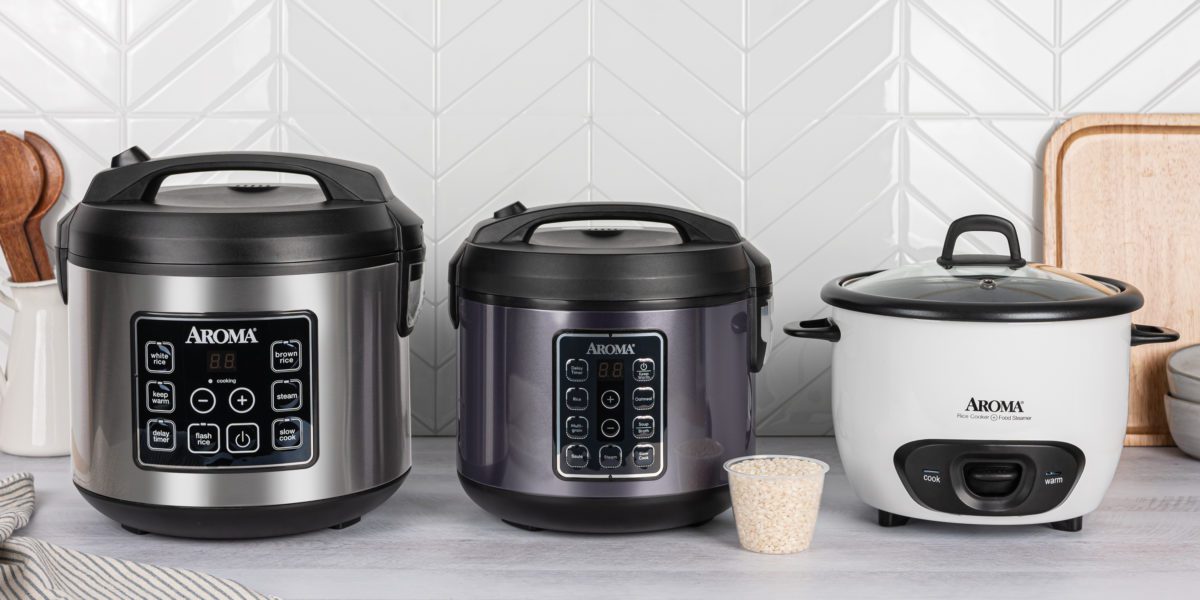
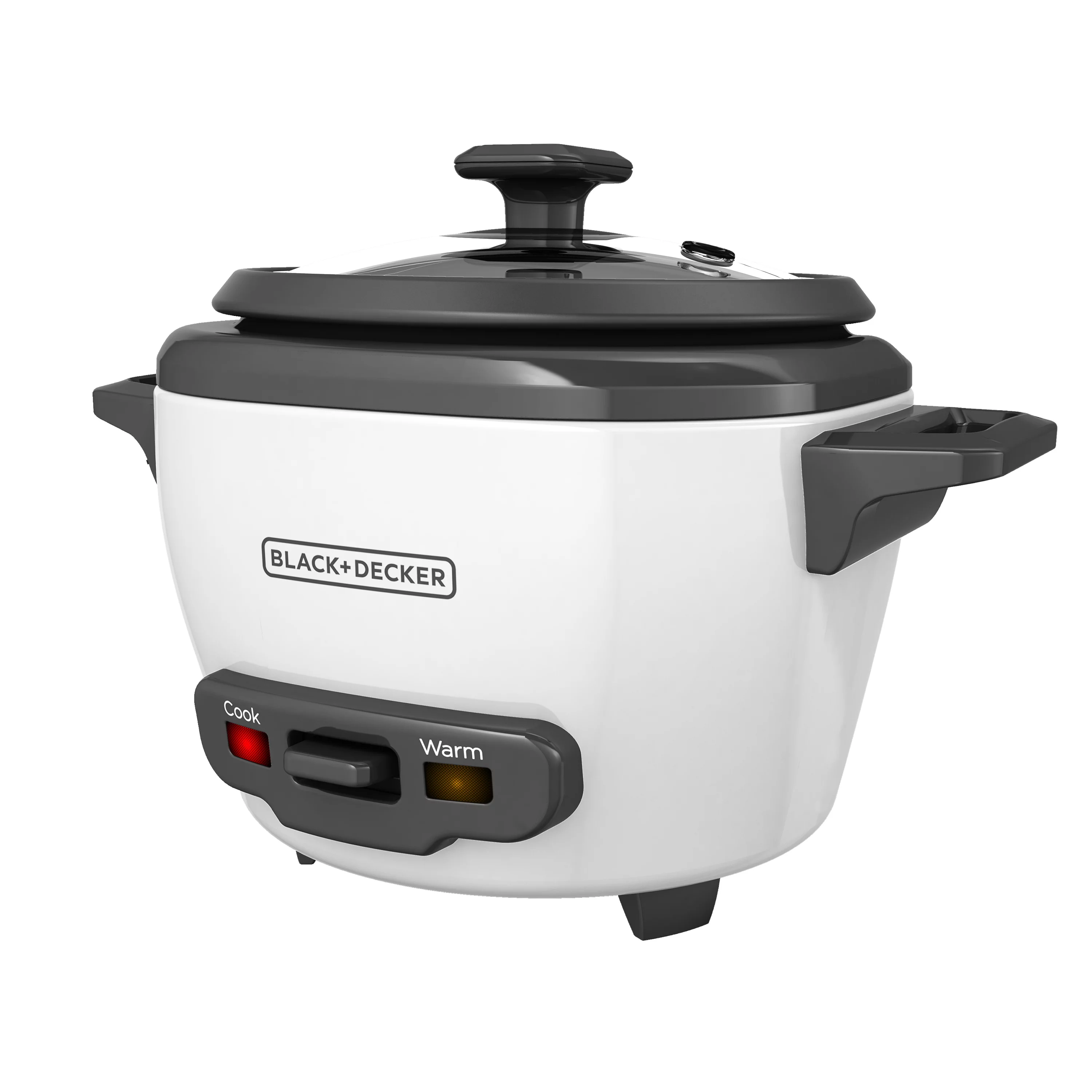
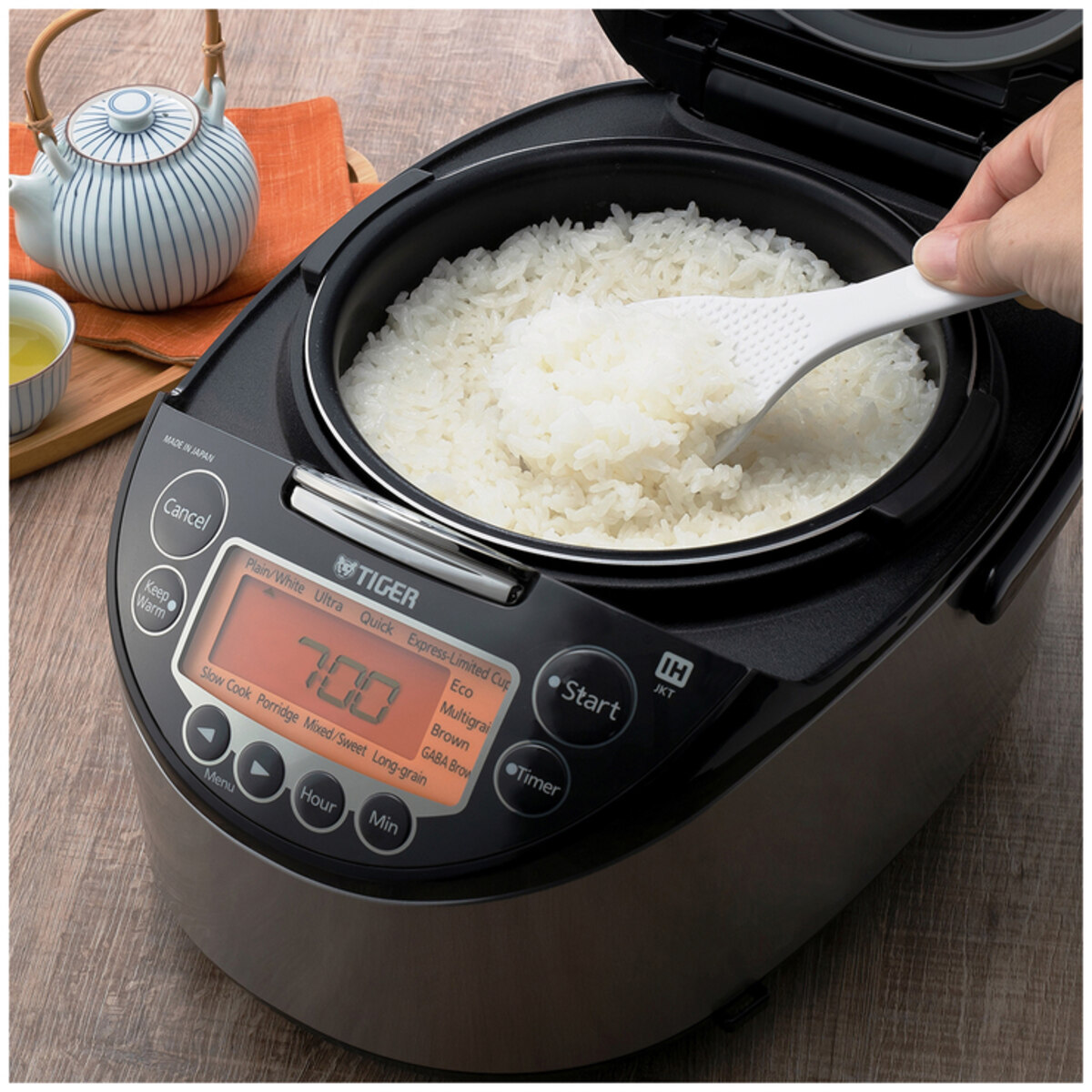
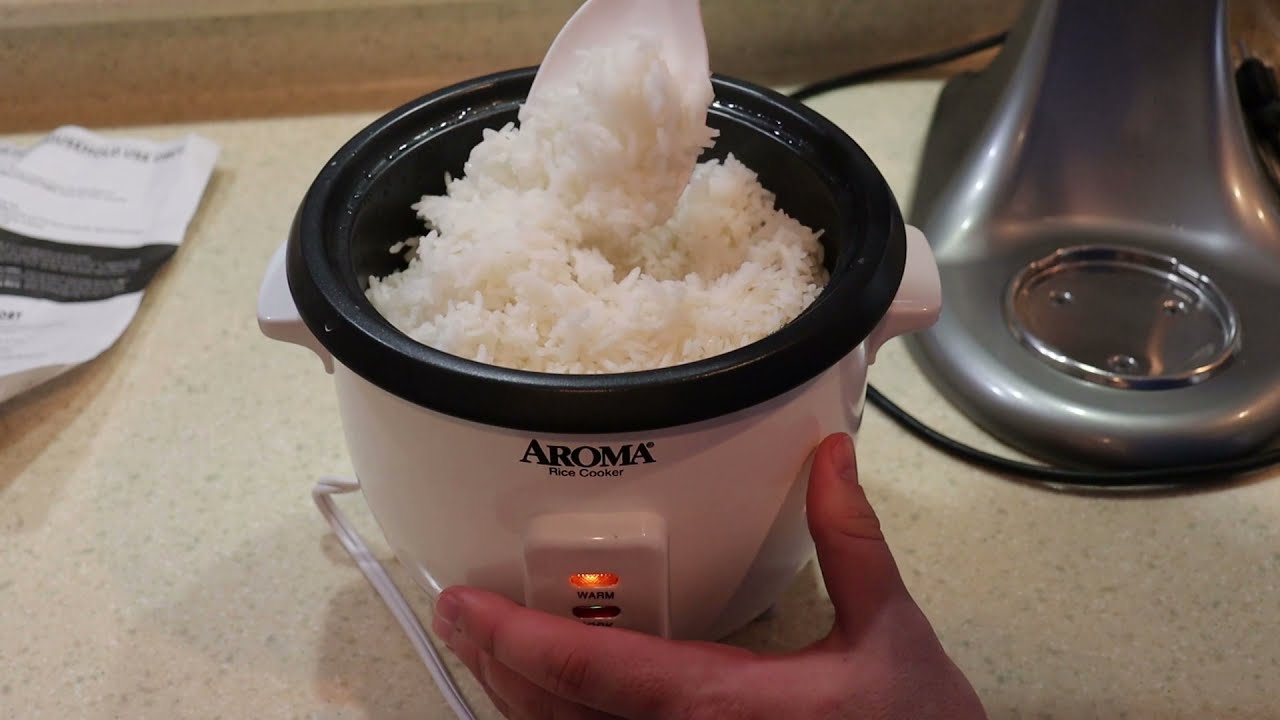

0 thoughts on “How To Cook Fluffy Rice In A Rice Cooker”